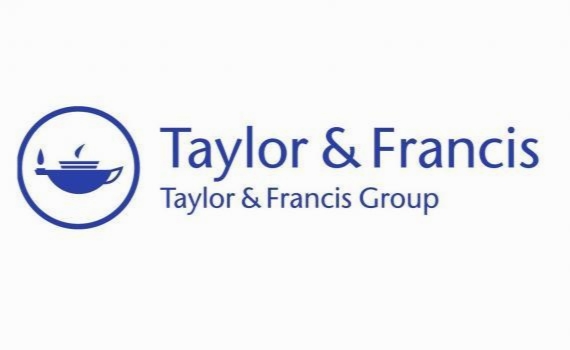اهداف یارانه دولتی و عملکرد شرکت Purposes of government subsidy and firm performance
- نوع فایل : کتاب
- زبان : انگلیسی
- ناشر : Taylor & Francis
- چاپ و سال / کشور: 2018
توضیحات
رشته های مرتبط مدیریت
گرایش های مرتبط مدیریت کسب و کار و مدیریت استراتژیک
مجله چینی مطالعات حسابداری – China Journal of Accounting Studies
دانشگاه Southwestern University of Finance and Economics – China
منتشر شده در نشریه تیلور و فرانسیس
کلمات کلیدی انگلیسی Subsidy purpose; government quality; firm performance; subsidy efficiency
گرایش های مرتبط مدیریت کسب و کار و مدیریت استراتژیک
مجله چینی مطالعات حسابداری – China Journal of Accounting Studies
دانشگاه Southwestern University of Finance and Economics – China
منتشر شده در نشریه تیلور و فرانسیس
کلمات کلیدی انگلیسی Subsidy purpose; government quality; firm performance; subsidy efficiency
Description
1. Introduction The relationships between government and enterprises and their impact on economic efficiency are issues of economic interest. The third Plenary Session of the 18th CPC Central Committee pointed out that ‘the core problem of economic system reform is to the relationship between government and market. The market should play a decisive role in the distribution of resources and the government should make up for inadequacy of market regulation’. 1 A government subsidy, provided to achieve established political and economic goals, is an important tool by which government may participate in the market economy and carry out a macroeconomic readjustment. A government subsidy shows the relationship between the government and the market. On one hand, it has become more common in China for listed firms to receive government subsidies. In the period 2007–2012, the total amount of subsidies for the listed firms increased almost four times, from 281.13 billion yuan in 2007, up to 1100.19 billion yuan in 2012. The total amount of government subsidy of listed firms as a percentage of overall fiscal expenditure rose from 0.26% in 2007 to 0.65% in 2012; the number of listed firms receiving government subsidies increased by 119%, from 974 in 2007 to 2244 in 2012. In 2011, 90.16% of all A-shares listed firms received government subsidies. Among the aims of government subsidies are to improve the competitive environment of the market; support the development of enterprises; and safeguard the interests of local enterprises (Eaton & Grossman, 1986; Kiyotaki, 1988), but Chinese government subsidies that are given to listed firms lack a definite intention. Through the analysis of notes to the annual statement of the listed firms, we find that there are as many as 395 types of subsidy, including the industry development fund, enterprise support fund, value-added tax rebates, bank interest rate relief, R&D subsidies, and relocation subsidies. Great differences exist in the aims of subsidies in different categories. While there is no clear purpose when the government supplies an industry development fund, enterprise support funds or similar funds to listed firms, value-added tax rebates, R&D subsidies and relocation subsidies have clear purposes and constraint conditions. The number of listed firms that received subsidies that had definite purposes dropped from 366 in 2007 to 245 in 2012. In contrast, the number of listed firms that received subsidies with no defined purpose increased from 608 in 2007 to 1999 in 2012. The total amount of subsidies rose from 169.42 billion yuan in 2007 to 987.92 billion yuan in 2012, and subsidies without definite purposes reached 89.80% of the total government subsidies in 2012.


